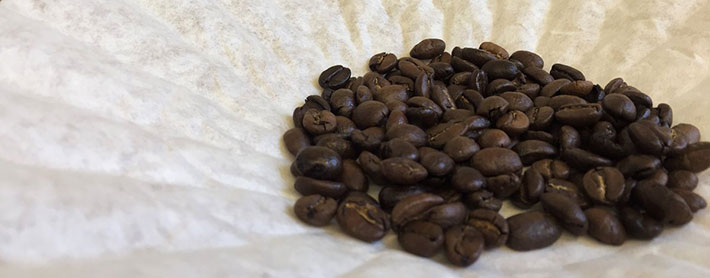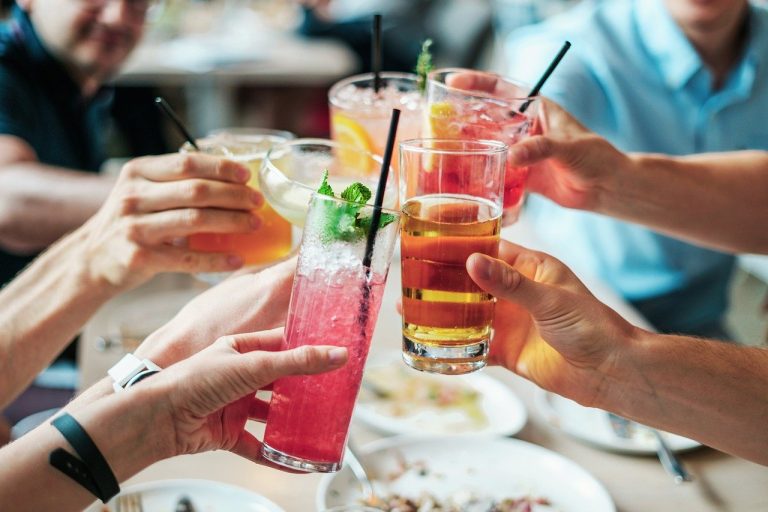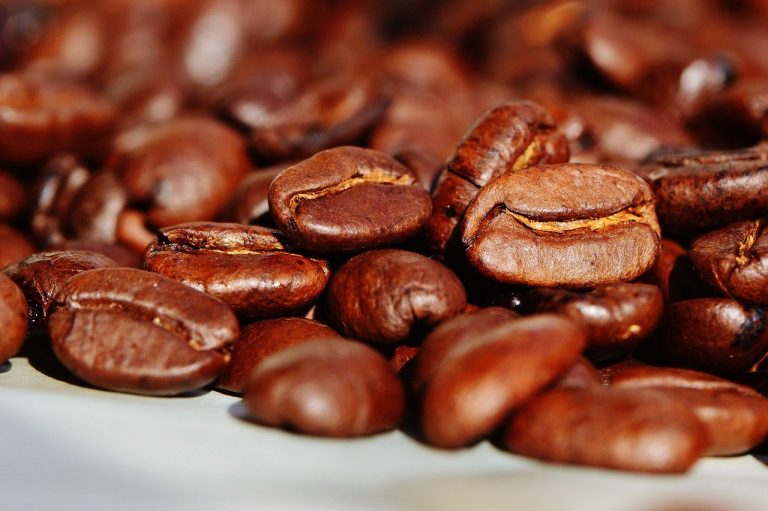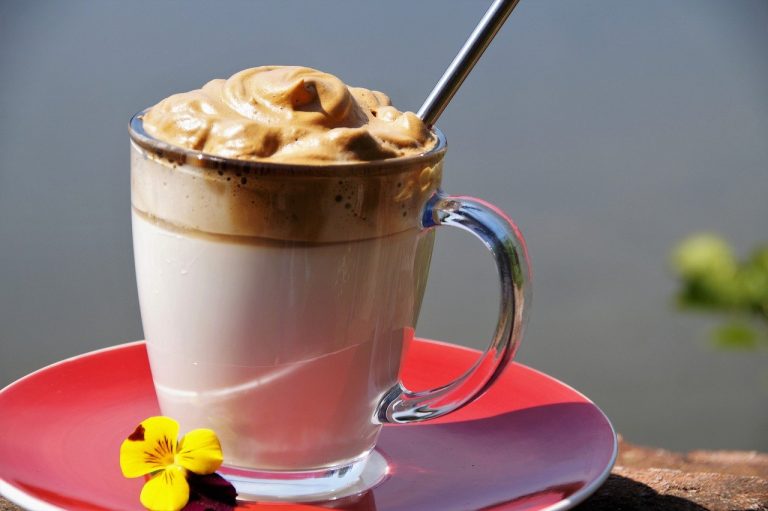As simple-looking as a cup of coffee is, there’s a lot of complexity in getting it to your lips. Much of it comes down to the quality of the bean, but there are a bunch of steps that could greatly enhance the flavor that most of us simply take for granted, even the most devout coffee drinkers among us.

It’s hard to debate the convenience of presetting your drip machine so that the kitchen’s filled with the intoxicating aroma of fresh-brewed coffee the moment you arrive downstairs, or buying your beans at the supermarket. But there’s also no denying the sharp difference of a cup brewed with fresh-roasted beans that were ground and brewed minutes earlier. It’s the kind of awakening that compels you to reclaim it every morning thereafter, even if it means putting in a little more work. Actually, it’s more adjusting what you’re doing rather than adding to it. And this is how you do it.
Treat your coffee like produce
If nothing else here sinks in, at least absorb this: Coffee goes stale very fast. Once you understand that, it’ll begin to guide all of your coffee-related decisions in a very logical way. For starters, quit buying your beans, or—gasp—ground coffee, at the supermarket and find a roaster near you. Type these words into Google: “Coffee roasters near me.” It’s really that easy. Ideally, you want to use your beans within a week of the day they were roasted. The chances of that happening increase dramatically when you buy your beans where they were roasted. It’s not unlike the difference in buying your veggies from a farmers market instead of the supermarket. Most roasters stamp their beans with a “roasted on” date. If you don’t see one, don’t be afraid to ask. And, don’t buy more than what you’ll need for the next week, two, tops.
Brew to order
The moment your coffee sees the light (not in the introspective sense) and it’s exposed to air, it starts going stale. The only real way around that is to grind and brew your coffee when you want it. Use a burr grinder—a blade grinder chops the beans into uneven particles, which leads to an uneven extraction, which leads to a crappy cup of coffee—and brew with cold, filtered water. Not that complicated, right? Storing your beans is just as straightforward. Keep them in an opaque, air- and moisture-tight container. (If all of your Tupperware’s clear, line it with a paper towel or store it in a cupboard.) And keep it at room temperature. Quit sticking your beans in the fridge and freezer. Coffee absorbs surrounding odors like a sponge, and no one should be drinking last night’s California roll for breakfast.
Trust your roaster, not a label
Pretty much everything you think you know about coffee beans, forget it. Like wine and beer, most of us have evolved into connoisseurs of certain kinds of beans and growing regions. The thing is, none of it really matters. Arabica beans account for close to two-thirds of the coffee grown in the world, yet the taste varies wildly between varieties and regions, and most of it’s considered subpar. Even with premium beans, roasting dramatically reshapes their flavor and aroma. In other words, no two beans are really all that alike. That doesn’t stop us from getting excited about seeing “Arabica” on a cool-looking package. When you find your neighborhood roaster, you’ve also found your navigator. He or she likely cups (samples) regularly, so trust him/her to steer you toward something you could like. Ultimately, though, taste is subjective, so learn to trust yours. Just go on what’s in your cup, not on the bag.






